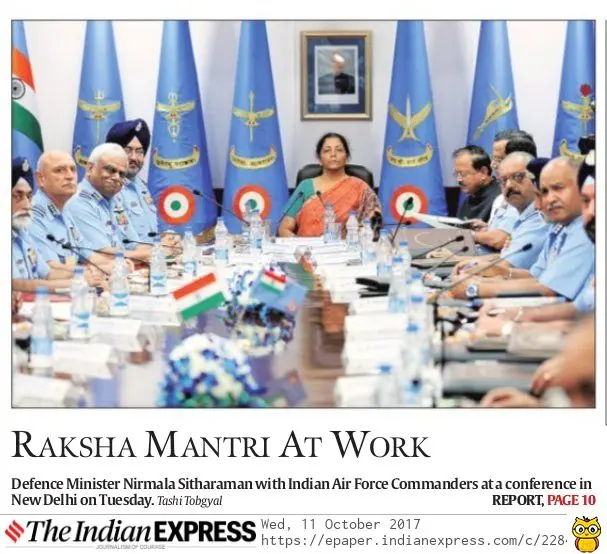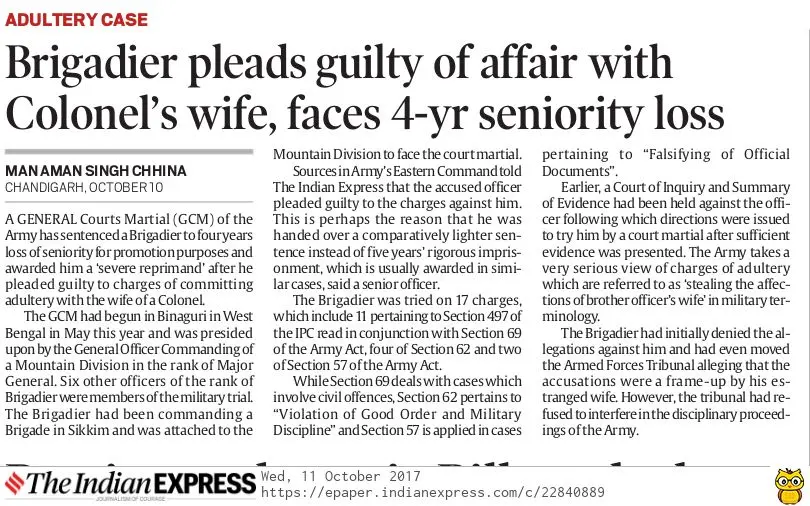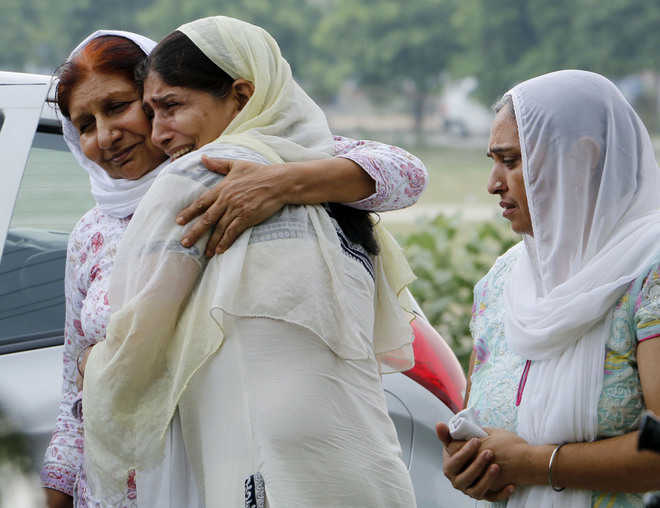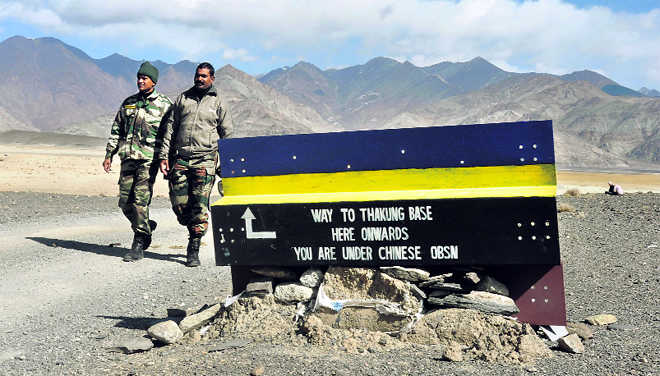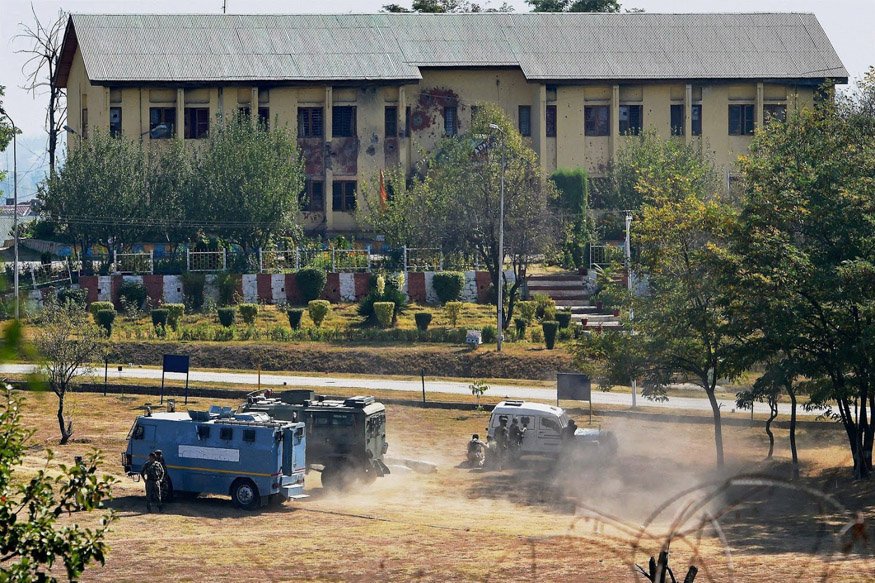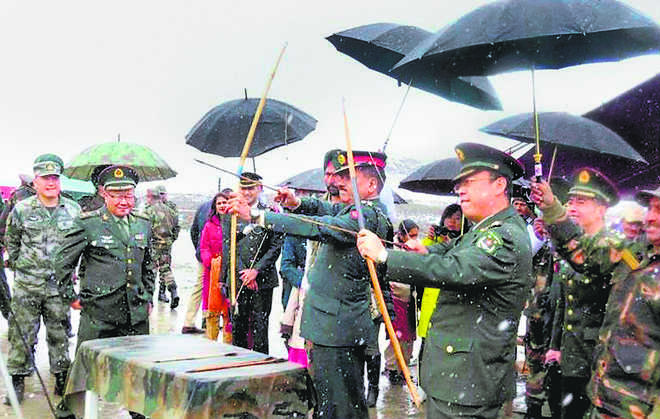
In Knots: China has, no doubt, landed itself in a military and diplomatic pickle.
G Parthasarathy
DENG Xiao Ping, who survived Maoist repression and became China’s supreme ruler from 1978 to 1997, set the stage for dumping Maoist communist dogma and releasing the creative energy of Chinese entrepreneurship. He rationalised discarding orthodox Communist ideology, proclaiming: “It does not matter if a cat is black or white, as long as it can kill mice.” Deng was the “helmsman” of China’s breath-taking economic growth, which transformed his country into the world’s economic powerhouse, within three decades.Deng urged caution in the conduct of security policies. Shortly after the 1989 Tiananmen massacre, Deng advised his countrymen: “Observe calmly, secure our position, cope with affairs calmly, hide our capabilities and bide our time”. Deng had practical reasons for rendering this advice to his countrymen. China was badly mauled during the Ussuri river clashes with the Soviet Union in 1969. Worse still, was the humiliation China suffered following Deng’s visit to Washington in 1978, where he was feted, wined and dined by President Carter and the barons of American business. Shortly thereafter, he proclaimed: “Vietnam is a hooligan. We must teach it a lesson.” It was, however, China which was taught a lesson by Vietnam, when it invaded its neighbour in 1979.Deng faced a similar setback in 1986, when China’s PLA occupied vacated Indian posts in Sumdorong Chu/Wangdung in Arunachal Pradesh. India responded by airlifting forces to the McMahon Line, along the Sino-India border. Deng warned India in 1986 that it would be taught a “lesson” if it did not withdraw its forces, with US Defence Secretary Caspar Weinberger acting as an intermediary. New Delhi, however, stood firm and a military stalemate followed. External affairs minister ND Tiwari visited Beijing in May 1987 and clarified that India was not interested in escalating tensions, while holding out the possibility of a visit to China by PM Rajiv Gandhi. The visit took place in November 1988, with Deng personally welcoming the “young” Indian PM and setting the stage for seeking a new relationship with India. Chinese troops, however, pulled back fully from Sumdorong Chu only in 1993. China’s misadventure in Sumdorong Chu led to Arunachal Pradesh soon becoming a state of the Indian Union in 1987.Much has changed in the last three decades in China. It is now an economic powerhouse with a GDP five times that of India and defence spending six times that of India. China has impressive defence production facilities and armed forces with huge firepower. But, China’s economic rise has also led to the country discarding Deng’s prescription of “hide our capabilities and bide our time”. China is now flexing its economic and military muscle across Asia, while also using its maritime power across the Western Pacific and Indian Ocean Regions. The use of maritime power has been accompanied by China defining its maritime borders arbitrarily, drawing a “nine dotted line”, to occupy and build military bases on several islands, hundreds of miles from its shores, which are legally claimed by its neighbours. Its maritime boundary claims, many coercively enforced, have included unilaterally defining its maritime boundaries with South Korea, Japan, Taiwan, the Philippines, Vietnam, Brunei, Malaysia and Indonesia. Beijing has, however, been circumspect, in not biting off more than it can chew, on in its maritime boundaries with Japan!China has coerced a number of ASEAN countries, compelling them not to join partners like Vietnam and Indonesia, which have demanded that Beijing should adhere to rulings of the UN Arbitration Tribunal on its maritime boundaries. This fear of Chinese power has torn ASEAN solidarity apart, with many ASEAN members refusing to accept any critical references to China in the recent ministerial conference in the Philippines. Not content with establishing its hegemony in Southeast Asia, China has also moved to contain and erode India’s influence in South Asia and the Indian Ocean. The ambivalence of the Trump administration on containing Chinese power and its revocation of the Trans-Pacific (economic) partnership has raised serious doubts about American reliability as an economic and military partner in East and Southeast Asia. China has benefited immensely from this.Pakistan is predictably the primary instrument for China’s policy of “containment” of India. The China-Pakistan Economic Corridor, stretching from the PoK to the port of Gwadar, has been accompanied by a decision to enhance Pakistan’s maritime power, with a decision to supply eight frigates and eight submarines to Pakistan. Across India’s eastern shores, China has outmanoeuvred the US, Japan and India by strengthening its political and economic influence in the economic and political policies of Aung San Suu Kyi. It is set to build the strategic port of Kyaukpyu in the Bay of Bengal, while shaping its maritime silk road by taking over Hambantota Port in Sri Lanka. Riding on hubris, China, however, gravely miscalculated what the response of India and Bhutan would be to its intrusion in Doklam.By its intrusion in Doklam, Beijing violated written agreements with Bhutan signed in 1988 and 1998, which pledged to “maintain status quo on the boundary as before March 1959”, and “refrain from taking unilateral action, or use of force, to change the status quo on the boundary”. It also violated the December 2012 “common understanding” reached by Special Representatives of India and China, agreeing to maintain the status quo, pending a tripartite agreement on the location of the India-China-Bhutan tri-junction. China has now landed itself in a military and diplomatic quagmire. The Sikkim-Bhutan border is the worst location for China for a confrontation with India. India has huge advantages in terrain, logistics, firepower and numbers in this area. Any military misadventure could destroy the image of invincibility the Chinese have assiduously built, while bullying weaker maritime neighbours.China can possibly undertake intrusions in sections of its borders with India, where it enjoys logistical advantages. India has to be prepared for this. In the meantime, imaginative diplomacy is required to ensure China is given a face-saving way out from its present predicament. A visit by Mr Modi to China for the forthcoming BRICS Summit would largely depend on his reading of Chinese intentions and flexibility. Much will, however, depend on how President Xi Jinping decides to deal with domestic challenges he is likely to face during the forthcoming Communist Party Congress, scheduled for later this year.





















































